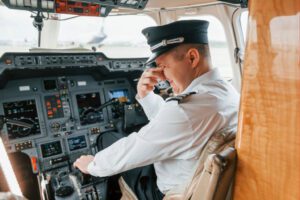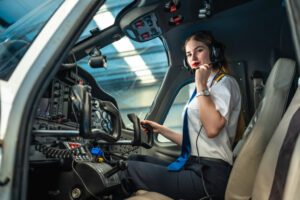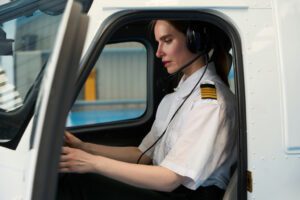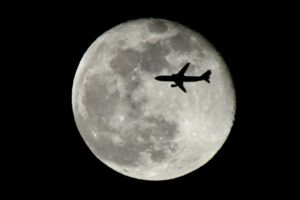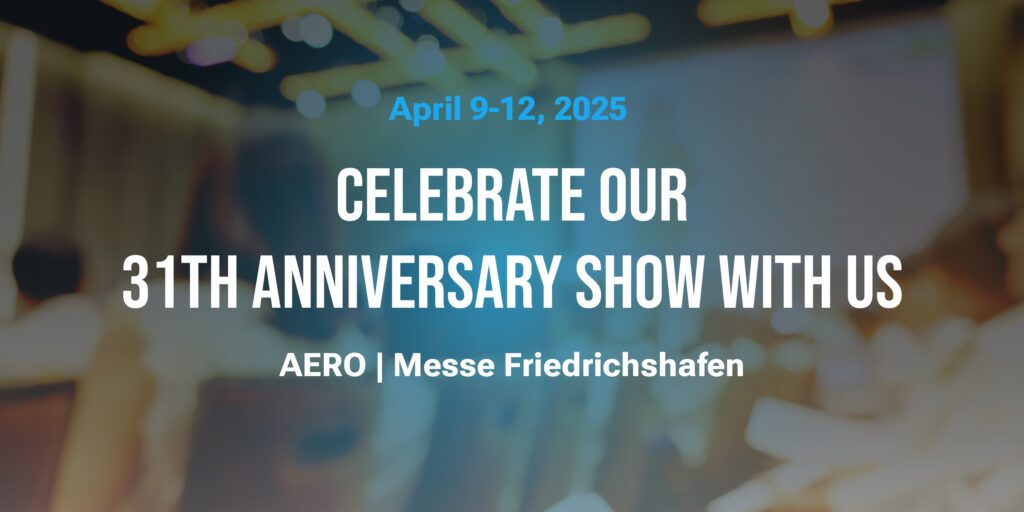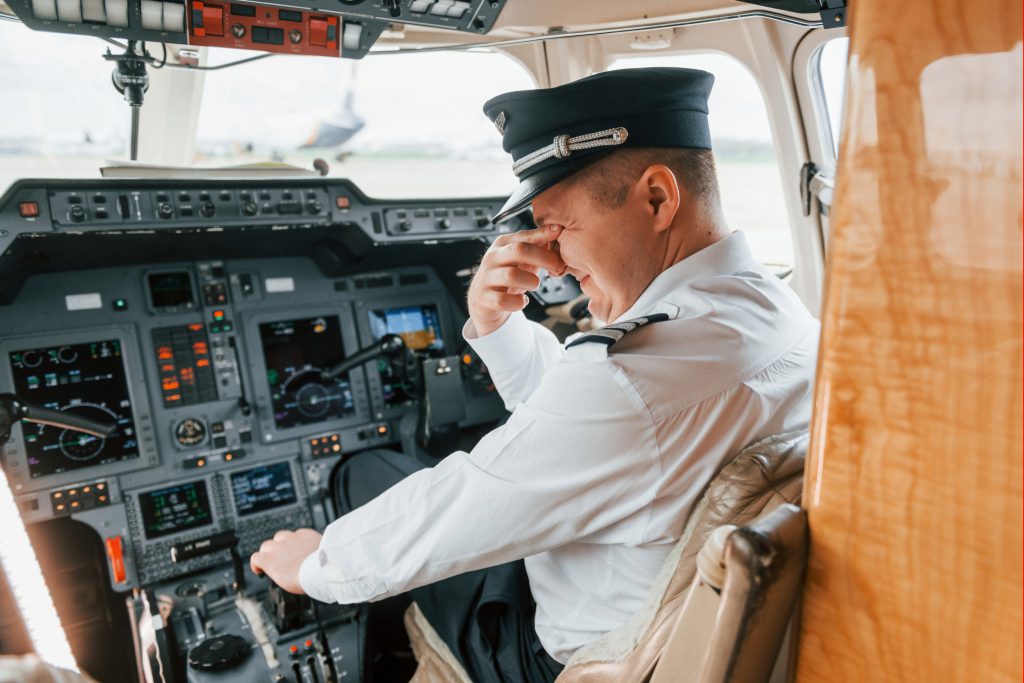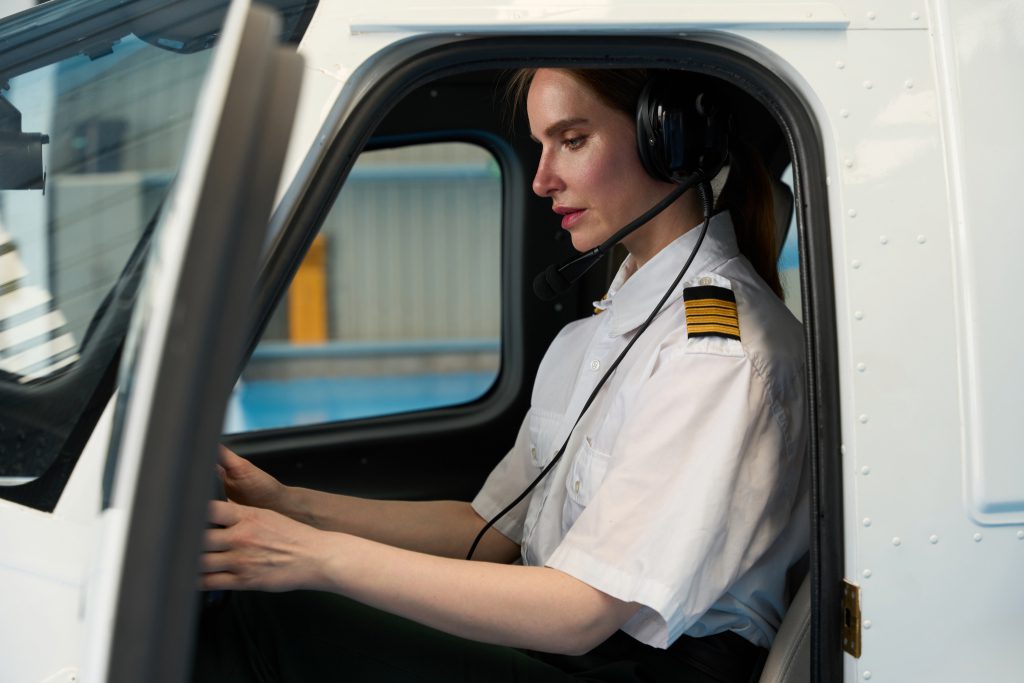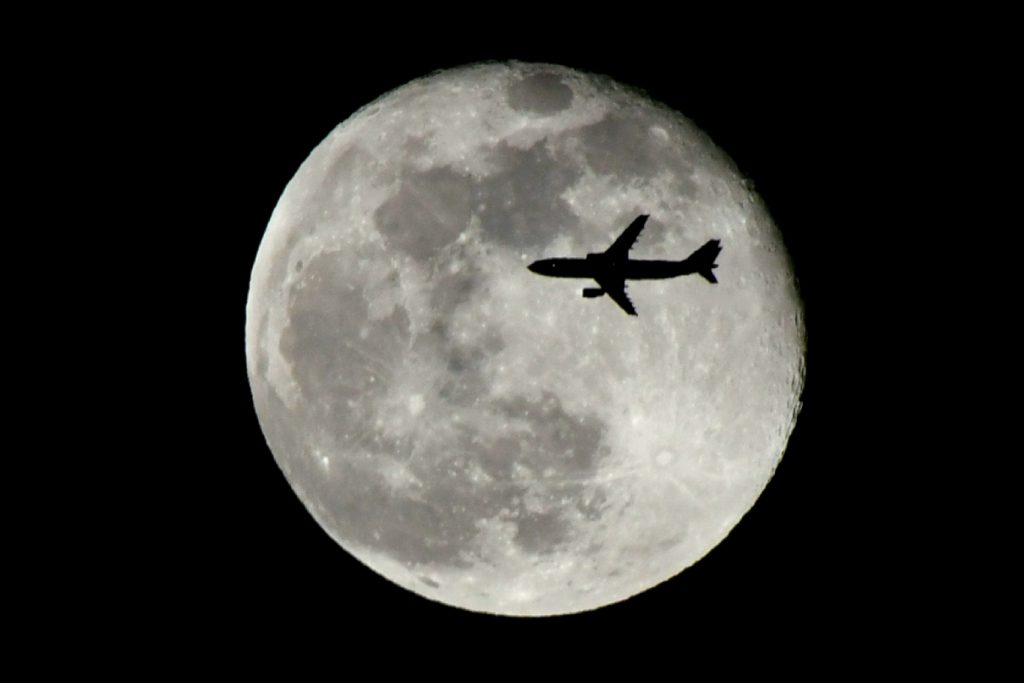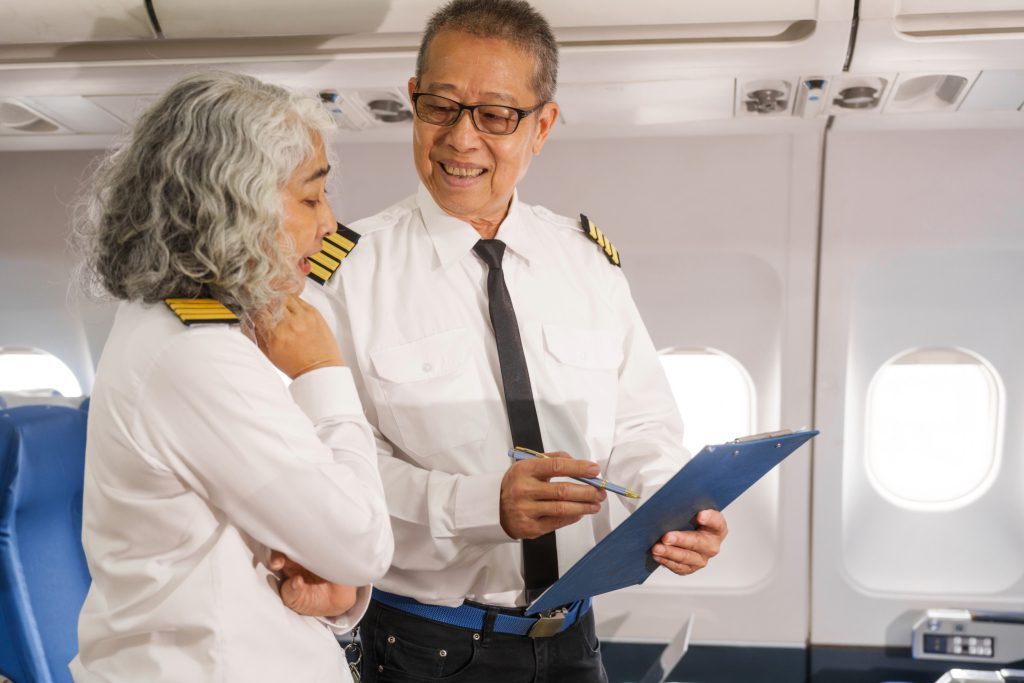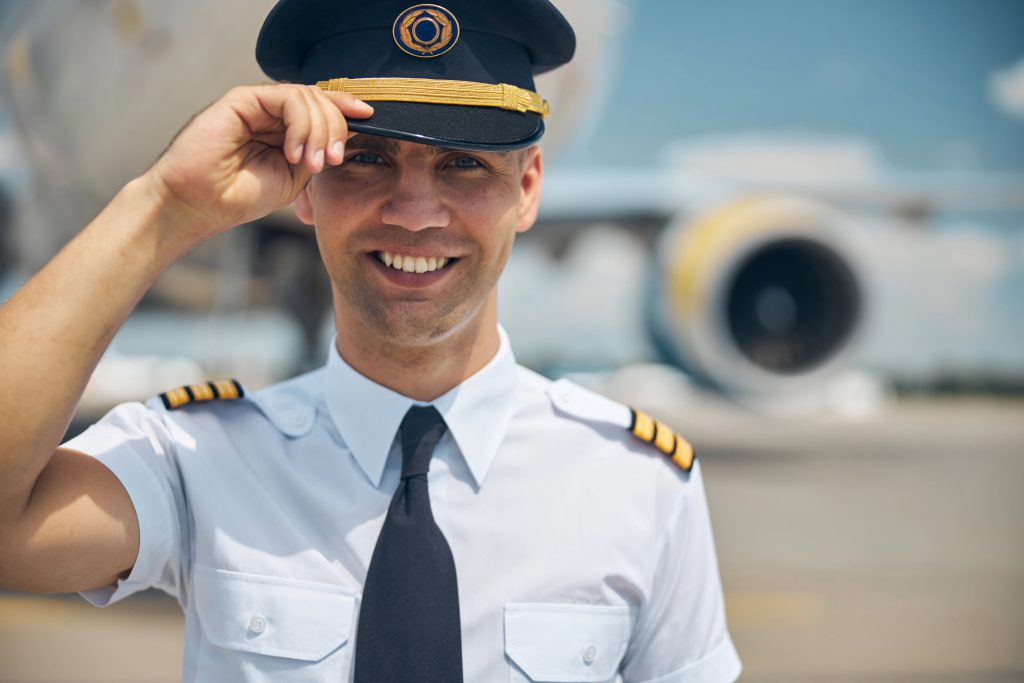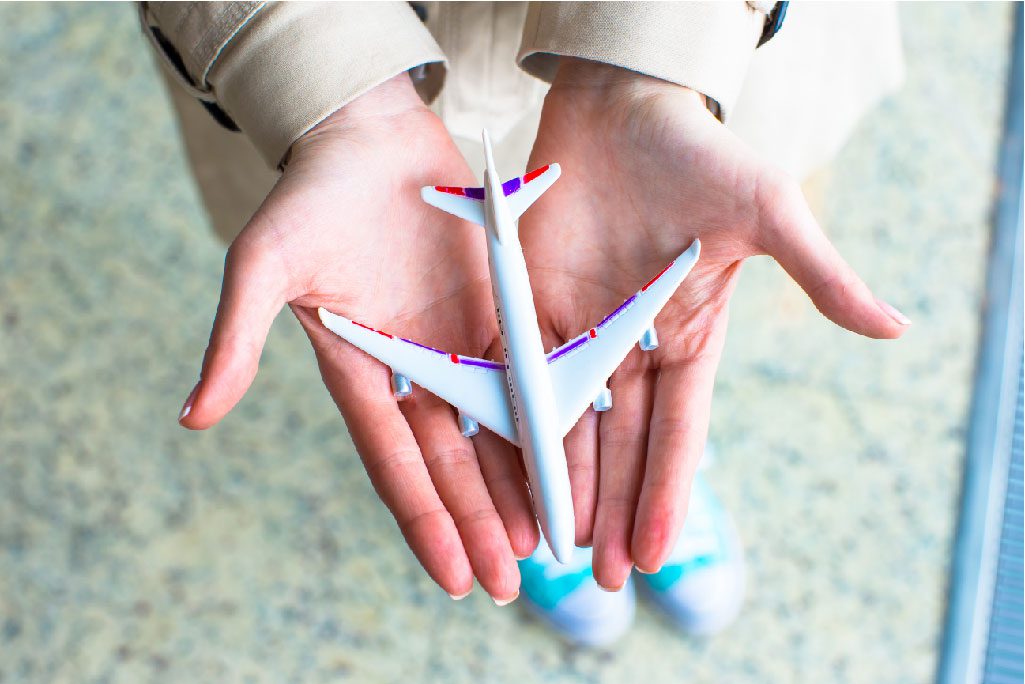A career as a pilot has become easier than ever, as airlines worldwide are grappling with crew shortages. For aspiring aviators, 2025 could be an exceptional year. However, there is a very important decision prior to hitting the skies: Do you train with EASA or FAA systems?
Both the European Union Aviation Safety Agency (EASA) and the Federal Aviation Administration (FAA) have exceptional pilot training programs. The distinction lies in their regulations, training approaches, costs, and the potential career pathways. It is important to select the one that will best suit your aspirations in aviation.
EASA vs FAA: The Big Picture
EASA (Europe): Acceptance across Europe and many other countries. Emphasis on structured theory training and faster pathway to airline readiness.
FAA (United States): Worldwide acceptance. More flexible training. More emphasis on flying experience. Preferred if you intend to fly or work in the U.S.
Both licenses are recognized everywhere, but your training location and requirements, as well as your preferred flying routes, should make your decision easier.
Training Structure: Integrated vs Modular
EASA Training
Integrated Programs: In most EASA schools, we have full-time, integrated ATPL training, which takes a student from zero hours to airline readiness in 18-24 months.
Theoretical Exams: All students are required to pass 14 ATPL exams in meteorology, flight planning, air law, human performance, and more.
Flight Training: 200 flight hours are required to graduate with a CPL (Commercial Pilot Licence) and “frozen ATPL” status.
Environment: Training often takes place in several aircraft and, sometimes, several European countries to ensure variety in weather and airspace.
FAA Training
Modular Flexibility: Step-by-step progression is possible and begins with Private Pilot License (PPL), then to Instrument Rating (IR), and Commercial Pilot License (CPL).
Theory & Exams: Fewer written exams are taken, with more oral exams and practical tests (“check rides”) encouraged.
Flight Hours: 250 flight hours are a minimum for CPL, and 1,500 hours are a must for Airline Transport Pilot (ATP).
Pathway: A common route to accumulating flight hours is through instruction, charter flights, or banner towing before transitioning to airlines.

Medical Requirements
EASA: An approved aeromedical examiner must issue a Class 1 Medical Certificate for EASA. Standards are strict, especially regarding eyesight and heart health.
FAA: Airline pilots also need a class 1 medical certificate, although some regulations are comparatively lenient.
Tip: It is always best to obtain a medical certificate first before committing to training.
Cost Comparison in 2025
EASA Training: An integrated ATPL program goes for between €70,000 and €120,000 depending on the country and flight school. Western Europe has higher hourly rates.
FAA Training: To obtain a CPL, training costs $60,000 to $100,000, but costs can dramatically increase as pilots log hours towards the 1,500-hour ATP requirement.
Note: EASA has higher upfront costs and FAA ‘s training costs are spread out over several years of flying and instructing.
Lifestyle and Training Environment
EASA: Students practice in the EASA airspace which can sometimes be weather limited but is also international in nature, allowing them to fly internationally during training. This helps develop solid navigation and regulatory skills.
FAA: States like Florida, Arizona, and California have year-round excellent flying weather. While the airspace is busy in comparison to Europe, it has more airspace less congested than Europe. This helps in building flight hours.
License Changes
EASA -> FAA: Simple. Typically needs written examination, medical, and check ride.
FAA -> EASA: Complicated. Multiple ATPL theory examinations and additional flight tests.
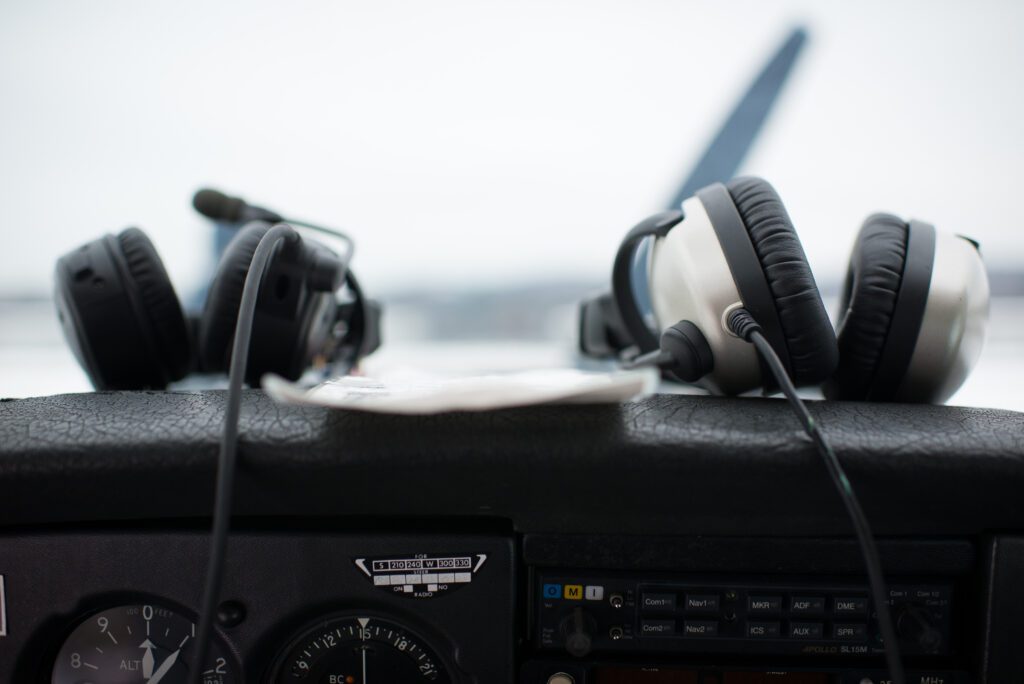
Job Options
EASA Graduates
- Eligible to apply to European, Middle Eastern, and Asian airlines that accept EASA licenses.
- Airlines such as Ryanair, Wizz Air, and easyJet recruit directly from EASA flight schools.
- Structured cadet programs provide streamlined employment pathways post-graduation.
FAA Graduates
- Good employment opportunities in the U.S. regional airline industry, which has a severe pilot shortage.
- Ability to work internationally, although some regions require license conversion.
- Many pilots, to build flight hours, work as flight instructors, which improves their skills.
Advantages and Disadvantages
EASA Path
Pros
- Ordered training with a focus on direct airline employment.
- Shorter time to become a first officer on an airline.
- Recognized in Europe and the Middle East.
Cons
- Training is exam intensive, with 14 theory tests.
- Requires a large upfront investment.
- More difficult to convert to the FAA.
FAA Path
Pros
- Flexible training options and modular progression.
- Less theory-focused and exam-focused.
- More easily convert to different licenses.
Cons
- Delayed airline eligibility.
- Requires flight instruction as a flight hours builder.
- The conversion to EASA is expensive and involves a lengthy process.
Last Thoughts
The decision for EASA or FAA training in 2025 depends on your career aspirations, budget, and preferred way of living.
If your goal is to operate in Europe or the Middle East and prefer a structured, fast-tracked route, EASA is the way to go.
If your aspirations include the US, you prefer more modular flexibility, and don’t mind the instructor hours, then the FAA is likely a better option.
Regardless, the aviation industry is recovering strongly and a global shortage of pilots means either route can lead to a fulfilling career in the cockpit.




